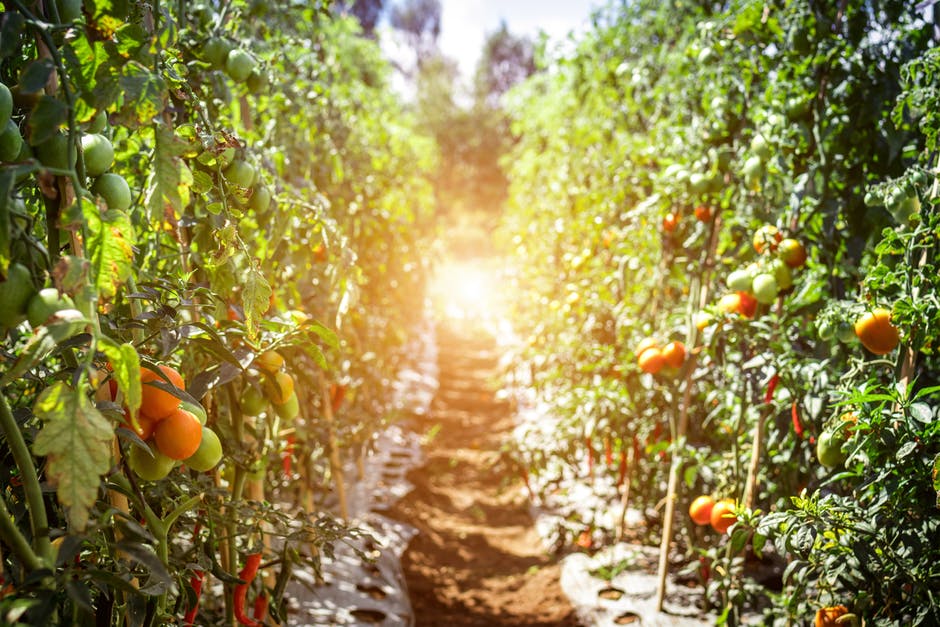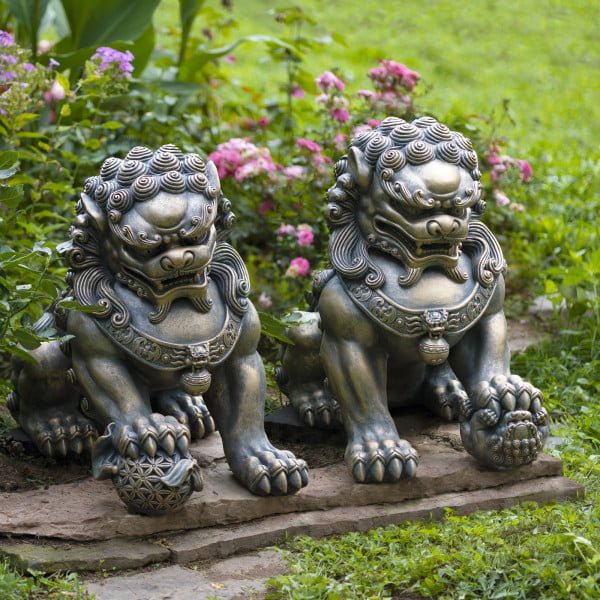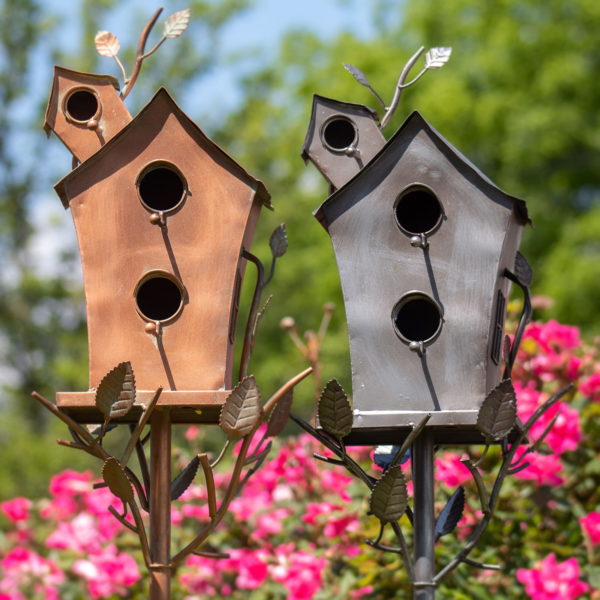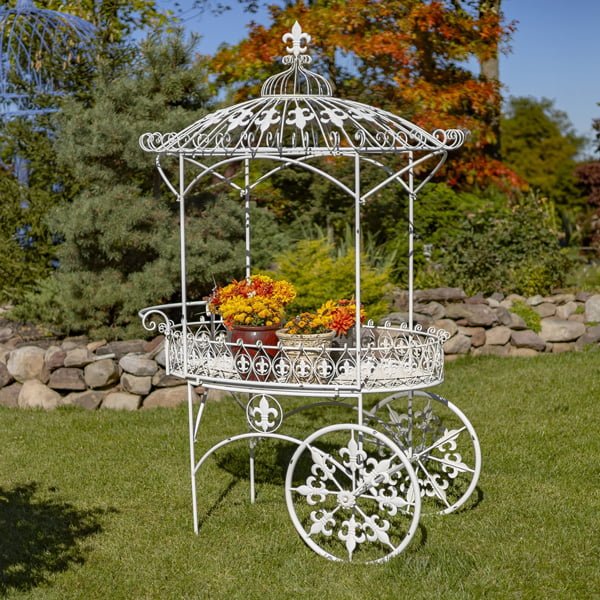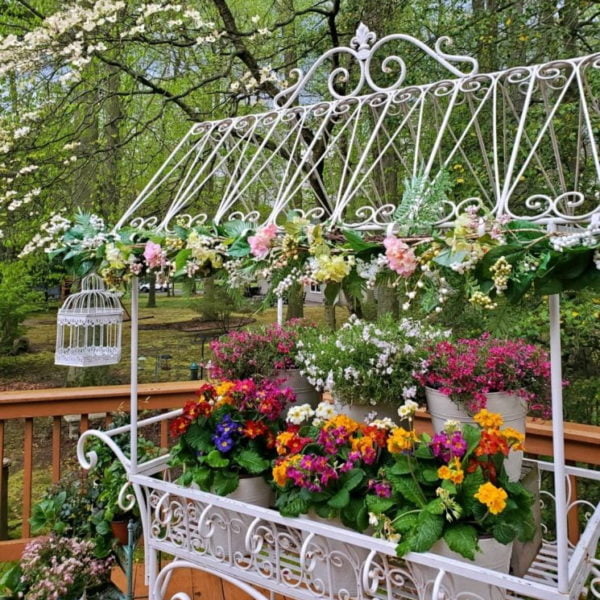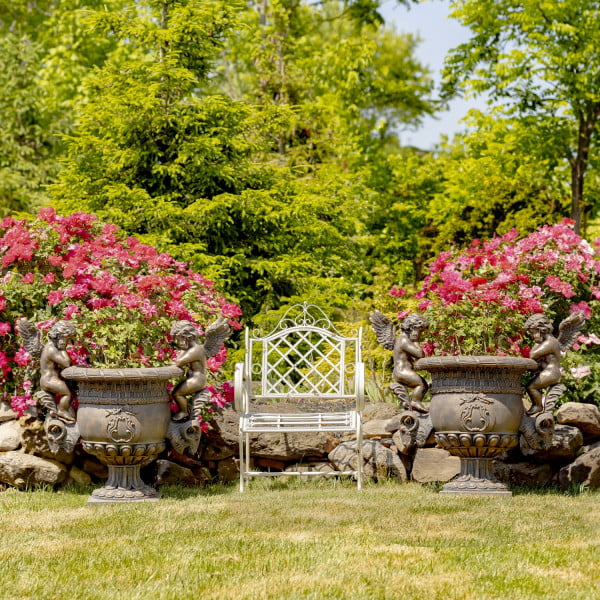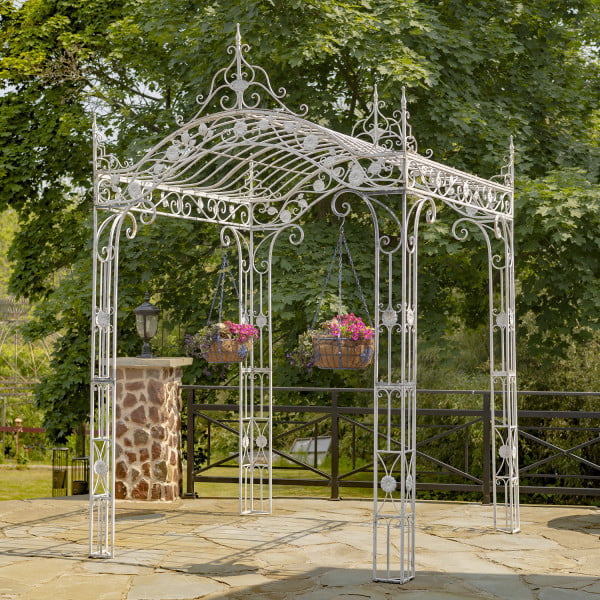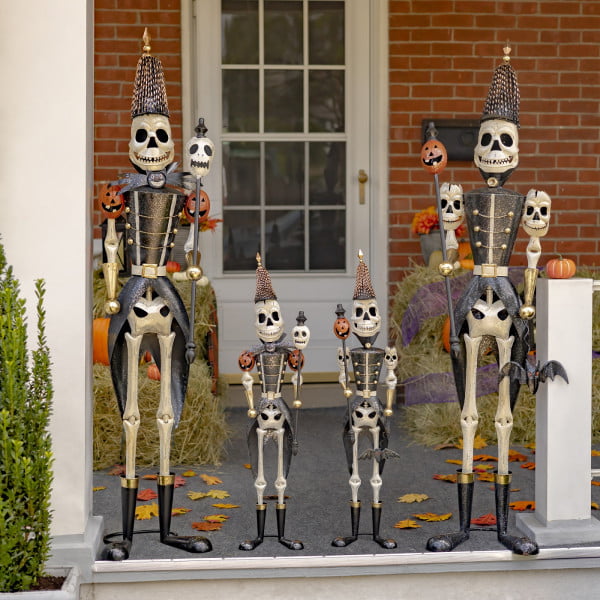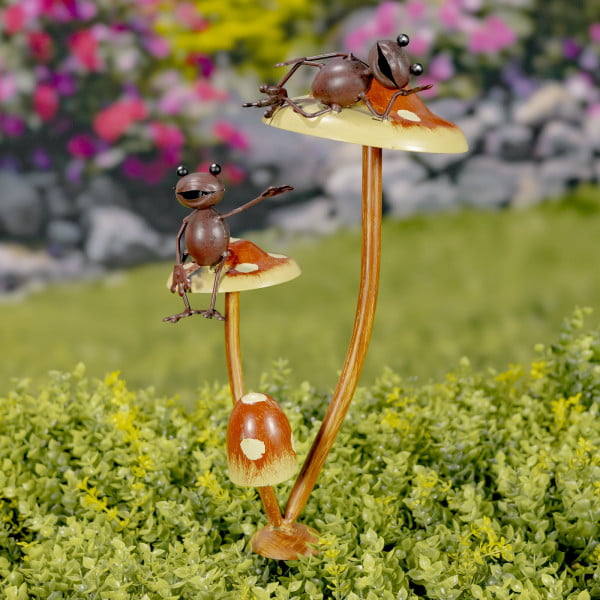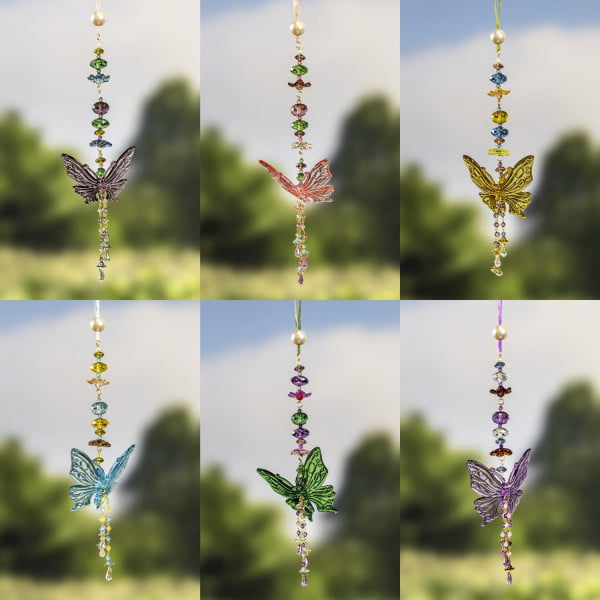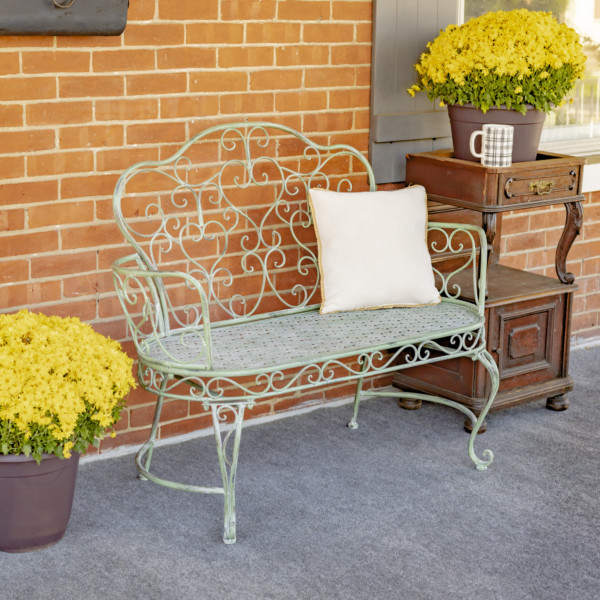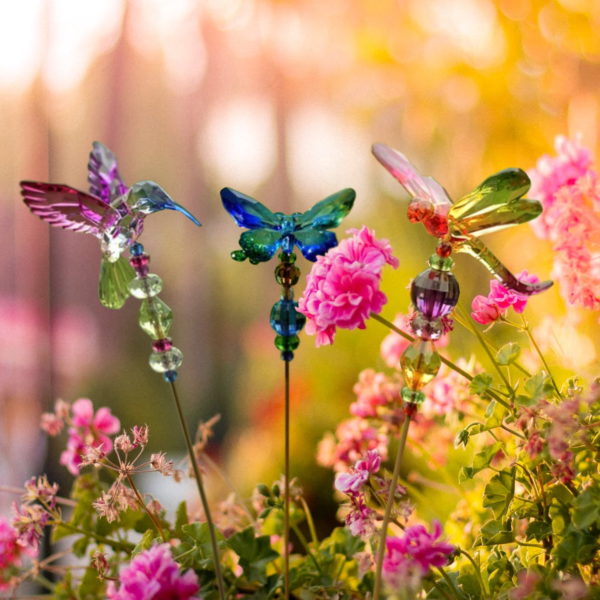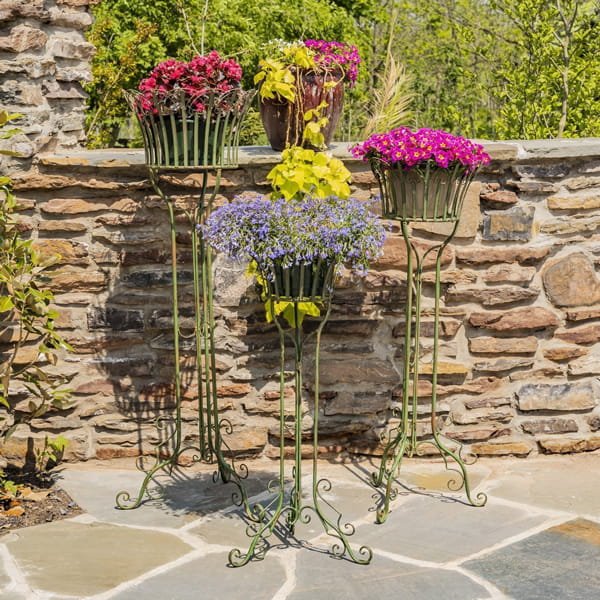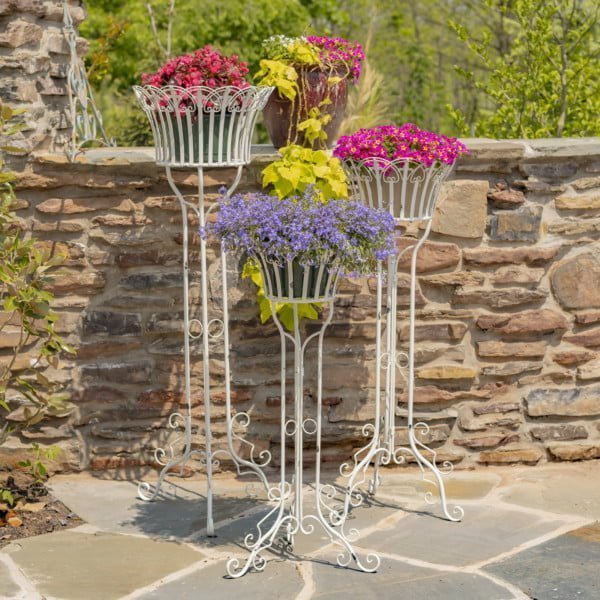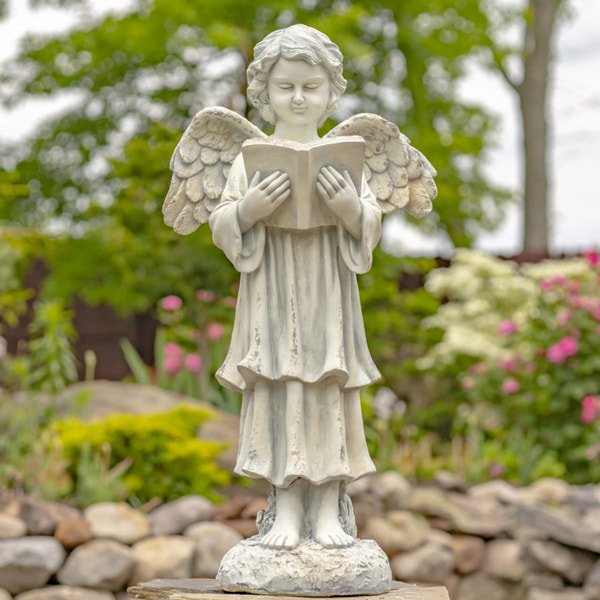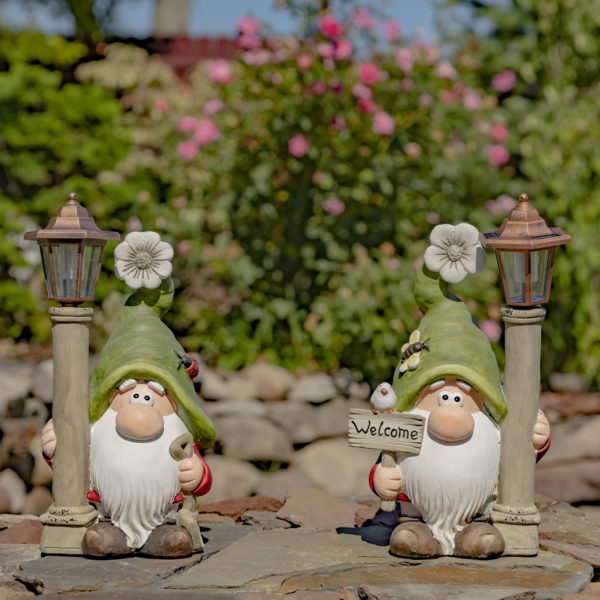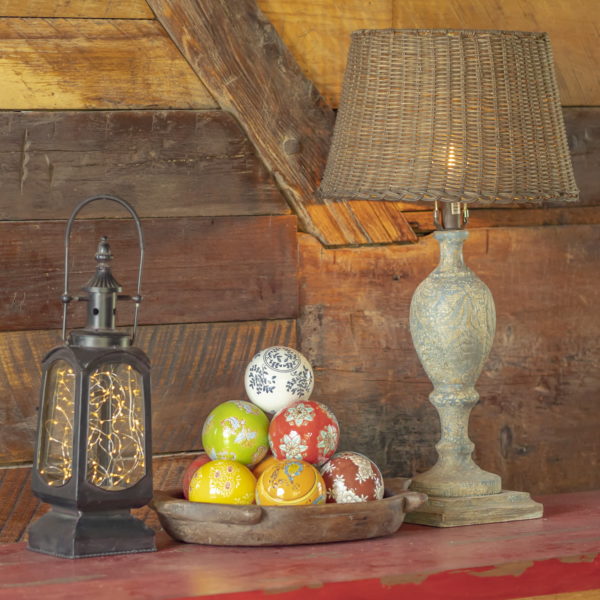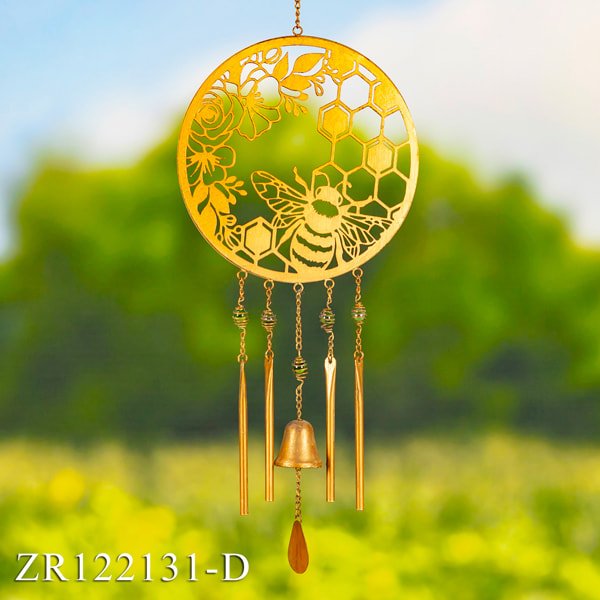It might come as a bit of a shock to you that about 33 million Americans grow food at home. Now, while that’s not to say that they only grow their food at home, it certainly does show that a lot more people garden than you might think!
Part of tending to a fruit or vegetable plot is knowing how to take plants so that you can support garden growth. Otherwise, your garden can get disorganized, overgrown, and even unhealthy.
If you’re ready to learn about how to stake a plant, then this guide is for you. Let’s take a look at what to know about staking plants in a garden.
Why Is Staking Plants So Important?
Before we talk about the ins and outs of staking, let’s talk about the basics. That means getting a solid understanding of why staking your plants is so important.
As it turns out, there are a number of reasons why you should stake your plants. Here are the most important ones.
Staking Provides Stability
The first reason why it’s such a good idea to use garden stakes in your vegetable patch is that it helps your plants stand upright.
When you don’t stake your plants, they may grow to the point where they start to bend.
If you don’t start to stake the plants, the weight of the fruit or veggie can become too much for the plant. That can cause it to break, killing the plant and your food with it.
Staking Keeps Plants Healthy
Keeping your plants staked is important for maintaining the health of your plant.
For one thing, when plants grow on the garden floor, they’re more likely to begin to rot.
Secondly, when you stake your plants you make it easier for the plant to grow tall and get enough sunlight. That helps it continue flourishing into a healthy plant.
Staking Keeps Critters at Bay
Another major reason you should stake your plants is that when you let them grow along the ground, they’re easier for pests to get at. That means insects, rodents, and more!
By staking (or caging!) your plants, you make them less accessible to these pests. That can help you get even more fruit or vegetables from your plants.
Staking Keeps Your Garden Clean
Last but not least, staking helps keep your garden clean and organized. When you stake your plants, you control the way the plants grow.
That makes it easier for you to get in and clip off any suckers that are growing on your plant.
Plus, it makes it easier for you to walk between the rows of plants and tend to them as needed.
Types of Plant Stakes
Now that you know why you should stake your plants, it’s time to look at a few different types of staking methods. Here are four of the most popular methods.
Single Stake
A single stake is the most common staking method out there. You can use metal, wood, plastic, or other types of stakes to tie up your plants.
To plant a single stake in your garden, simply hammer your stakes about six inches away from the base of the plant. You want to position it at this distance so you don’t damage the plant’s roots.
Now, gently tie the plant to the stake about two-thirds of the way up its vine. You can use twine, jute, velcro, or any other material that works for holding the plant to the support.
After you’ve finished one plant, move on down the row until you complete the rest.
Ring Supports
The second staking method is to use ring supports. Ring supports are metal rings that work well for plants with multiple stems.
The supports feature a wire grid that’s held up by stakes.
The plants can then grow along the wire grid. As the plant fills out with fruit or veggies, the wire grid helps support the plant.
The only issue with these types of stakes is that they’re hard to remove. Doing so often damages the plant.
To plant a ring support, plant the stakes when the plant is a seedling. Then, simply leave it in place and the plant will do the rest!
Cages
Another type of stake you can use is a cage. Although cages are most commonly used for tomatoes, they work well for other plants as well.
Cages look similar to ring supports except that the ring at the top is open rather than a grid. They also tend to be taller than ring supports.
Just like ring supports, you’ll want to plant cages around the fruit or veggie while it’s still young. Then, simply leave it in place and allow it to grow up the cage as it matures!
You may need to tie the plant to the wires of the cage as it gets larger. You can do this with a bit of twine or jute.
Trellis
The last type of stake you can use in your garden is a trellis. Trellises are great options for plants that grow tall and horizontally.
While traditionally people think of climbing roses as growing on trellises, you can grow other plants, too.
Pole beans, zucchini, and melons all do well on these types of stakes.
Just like you would with a single stake, plant the trellis about six inches away from the plant. Then, use string, twine, or another adhesive to bind the plant’s stalk to the trellis.
Know How to Stake Your Plants Like a Pro
Now that you know how to stake plants, you’ll have no problem organizing your own garden. It’s the perfect way for you to grow delicious fresh fruits and veggies!
All you’re missing are your garden stakes. Get in touch with us and we’ll hook you up with the garden stakes you need to grow a beautiful, healthy vegetable patch.

